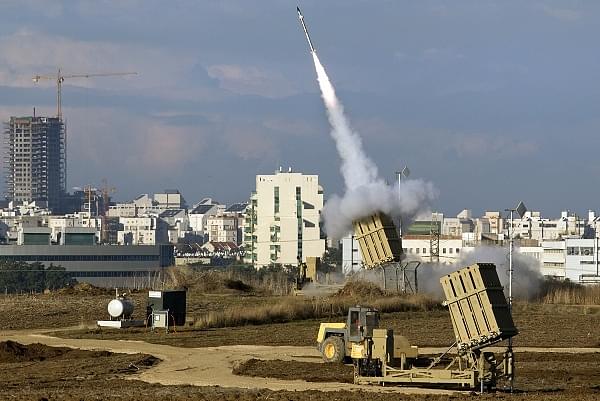- Views: 882
- Replies: 8

The recent large-scale Iranian missile and drone attack on Israel has ignited discussions within India's military circles regarding the nation's own air defence readiness.
While Israel reports a near-perfect interception rate with its Iron Dome system, India's defence strategy leans heavily on developing a strong, indigenous protection network.
Indian military experts recognize the success of Israel's Iron Dome but understand the need for systems tailored to India's unique challenges. The domestically produced Akash-NG surface-to-air missile system provides a 70 km defence radius, protecting against aircraft, helicopters, and guided munitions. Similarly, the Medium Range Surface-to-Air Missile (MRSAM), a collaboration with Israel, offers comparable capabilities across all three branches of India's armed forces.
India has also invested in the advanced Russian S-400 Triumf system, known for its effectiveness against a wide array of aerial threats. However, the nation's emphasis remains on self-reliance. The Defence Research and Development Organisation (DRDO) spearheads Project Kusha, aiming to provide the air force with a cutting-edge, long-range system by 2028-29. With its promised 350 km range, Project Kusha could intercept threats like cruise missiles, stealth aircraft, and drones.
The recent conflict between Israel and Iran underscores the critical nature of robust air defence capabilities in the modern world. India's emphasis on developing a multi-layered, indigenous defence network, including projects like Kusha, demonstrates a commitment to protecting its airspace independently.
